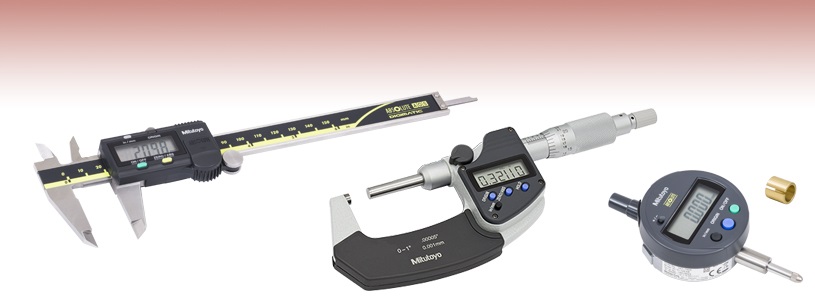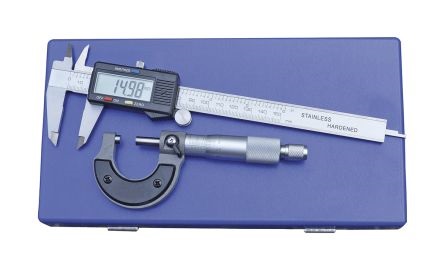
What is the difference between a micrometer and a caliper?
However, beginners to these instruments require the complete guidelines to find and buy one of these instruments. They can focus on basics of the micrometer and caliper right now. They have to be aware of the main difference between a micrometer and a caliper in detail.
This instrument is very helpful to every user who requires an accurate measurement. If you like to use the instrument for the linear dimensions like the thickness and diameter, then you can prefer and use the micrometer.
Many types of instruments are available on online stores for accurate measurements. You can make use of the caliper to measure the accurate distance between two opposite sides of the object.
Focus on important parts
It is the appropriate time to explore the micrometer vs caliper in detail. Beginners to these measuring instruments often get confused as these two instruments seem similar.
However, they have to differentiate these two instruments by using various factors like the body parts, measurement purpose, how these instruments work, accuracy, cost, usage, chances of error and other things.
The body parts of the micrometer are the C-frame, Anvil, spindle, sleeve, thimble and ratchet. On the other hand, the body parts of the caliper are the external jaws, internal jaws, sliding jaws, fixed scale, sliding scale and locking screw.
Conclusion
The amplification principle of the main scale is used in both calipers and micrometers. New and regular users of the micrometer or caliper nowadays get loads of benefits beyond their expectations.
They take advantage of the multiple functions of the caliper such as measuring jaws which let them to do three types of measurements in one tool. They use the caliper to do one kind of measurement.
Digital micrometer uses the cylindrical capacities components for converting the electric charge into numbers. Digital caliper uses the rectangular capacities components sliding over the main scale for manipulating the charge.
